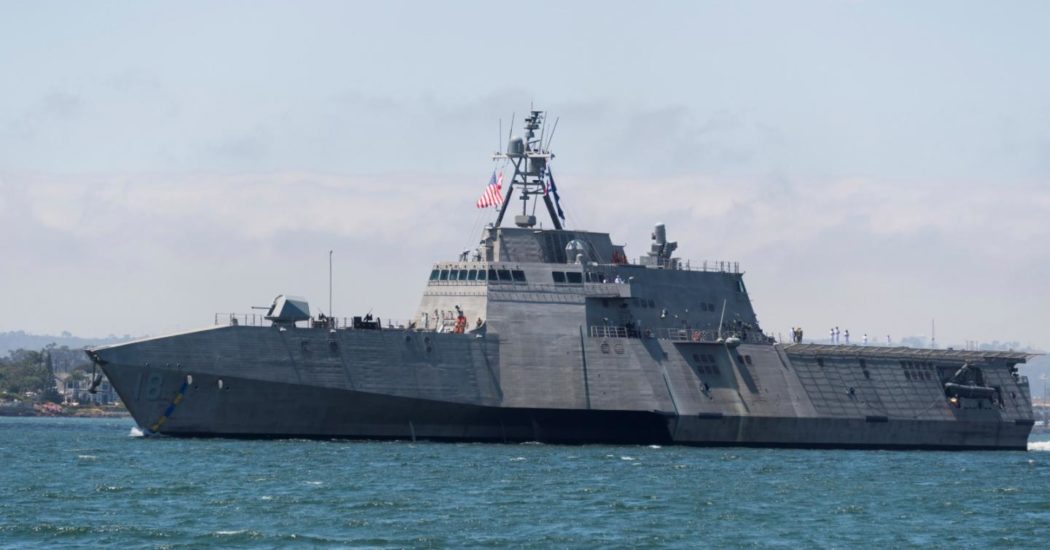
A disputable presumed spy deliver has landed in the Americas, open source knowledge demonstrates. As per position following information, the Russian Navy’s Yantar left their home port about a month back, and has not been noticeable on open sources until all of a sudden showing up in the Caribbean on Friday. That she showed up on transport trackers so all of a sudden is bizarre.
She has picked up consideration in the past for drifting in the region of the undersea links which interface the world. Called Submarine Communications Cables (SCC), these mismatch the world’s seas conveying Internet traffic and military correspondences.
Yantar is a ship specifically compelling among Western Navies. As per maritime officials acquainted with the circumstance, she is associated with being engaged with putting listening gadgets on undersea correspondences.
Yantar stands apart on the grounds that they is uniquely prepared for these sorts of mission, with at any rate three separate frameworks for directing seabed fighting. They can convey profound jumping submarines and has two diverse remote-worked vehicle (ROV) frameworks. Also, they can arrive at practically any undersea link on the planet, even in profound water where tried and true way of thinking says that a link ought to be sheltered.
Precisely what their crucial, is hazy in broad daylight sources. The Russian Navy portrays their, indirectly, as an oceanographic investigate vessel. They is worked by the Main Directorate of Deep Water Research, known by its Russian initials GUGI. They is situated in Russia’s cryptic submarine base in the Russian Arctic, Olenya Guba. That is likewise the base of the disastrous covert operative submarine Losharik on which 14 Russian ‘Hydronauts’ lost their lives in July.
Yantar landed in Trinidad and Tobago on Friday and left toward the beginning of today. Her next goal is vague. Beforehand their arrangements have been unmistakable on the Automated Identification System (AIS). Since they is apparently an exploration deliver, they communicates their situation on AIS to maintain a strategic distance from impacts. However, this time they seems to have turned their AIS off for the vast majority of the journey.
Open source investigator Steffan Watkins has sorted out their past journeys in extraordinary detail utilizing memorable AIS information. They have likewise investigated this information. People can see that she has visited the disaster area site of depressed Russian atomic submarine Komsomolets off Norway. What’s more, the accident locales of Russian warrior flies off Syria. In 2017-18 they was engaged with the chase for the missing Argentinian submarine ARA San Juan. Be that as it may, all the more intriguingly, they has directed ventures close to Internet links in the Mediterranean and Persian Gulf, and likely somewhere else.
What precisely occurs underneath the waves is concealed, yet there is one bit of proof which people can see by means of open sources. Through the notable AIS transmissions people can watch the pursuit designs. People can see the examples they makes when they look over a known article, similar to the disaster area of a submarine. What’s more, when they scans for a slammed plane, or for the lost Argentinean submarine.
Those inquiry designs are not quite the same as when they is close to Internet links. So people can surmise that they us accomplishing something other than what’s expected, and utilizing various frameworks.
So has they been scanning for something on this excursion? The voyage from their base in the Arctic to the Caribbean is roughly 5,800 miles. With their cruising velocity of 14.5 bunches it ought to have taken their around about fourteen days. Rather it has taken their over a month.
Disclaimer: The views, suggestions, and opinions expressed here are the sole responsibility of the experts. No journalist was involved in the writing and production of this article.
